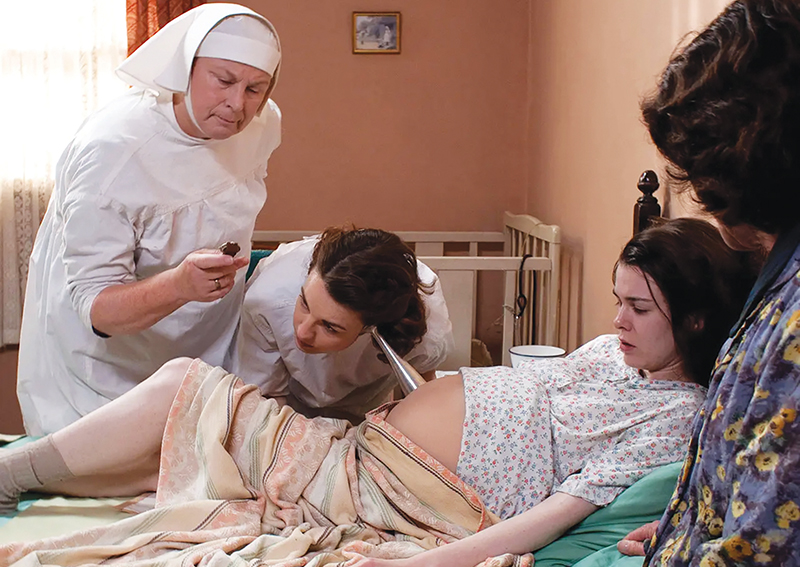Feature
The Many Lessons of “Call the Midwife”
The popular BBC series, set in mid-century London, continues to instruct and inspire modern nurses

First aired in 2012, “Call the Midwife” is a BBC period drama, shown in the U.S. on PBS, that follows groups of newly qualified nurse midwives living at Nonnatus House, an Anglican convent in London’s East End in the late 1950s.
The storyline of “Call the Midwife” was originally based on the memoirs of the late Jennifer Worth, RN, RM, about her early career as a nurse midwife. However, the show has continued beyond the period described in Worth’s books, showing the transition to the ‘60s and modern medicine.
The setting, Nonnatus House, is a fictionalized version of the real-life Sisters of St. John the Divine convent where Worth worked, which was established in 1849. According to my London friend, having secular nurse midwives living and working alongside Anglican nuns was an unusual arrangement.
Since the show begins less than 10 years after the establishment of the English National Health Service (NHS) in 1948, it may have been an early way of providing services in the poorer areas of the country.
Accommodations are made on both sides. New nurse midwives must mind their manners in the convent, while the sisters must learn to tolerate discussions about jazz, smoking, alcohol, and men.
Healthcare in the Poplar District
Poplar, the district the midwives cover, is a poor area of London’s East End, near the docks. At this time, it was unusual for residents of this area to see a physician because of cost, so infectious diseases were common, and diphtheria was endemic. The poor had low expectations of the healthcare system and did not expect comfort or good treatment.
In the show, in-hospital delivery is viewed with suspicion, so nearly all births are at home, attended by midwives who arrive on bicycles. During a delivery, husbands and other children circle around outside the tenement with friends and neighbors, listening for the arrival of the new baby.
These young nurse midwives, together with the convent sisters and a newly widowed physician, deliver 80 to 100 babies each month, an amazing total. (The suburban hospital I worked at in the 1990s also delivered 100 babies a month, but the patients came to us, and we had a large staff that included multiple obstetricians and specialists.)
Besides attending deliveries, the nurses at Nonnatus House also staff a weekly maternity clinic, and organize classes and clubs for the other children. My British friend explained that during this time, school nurses and school dentists delivered much of the medical care for English schoolchildren, also giving out nutritional supplements during rationing.


